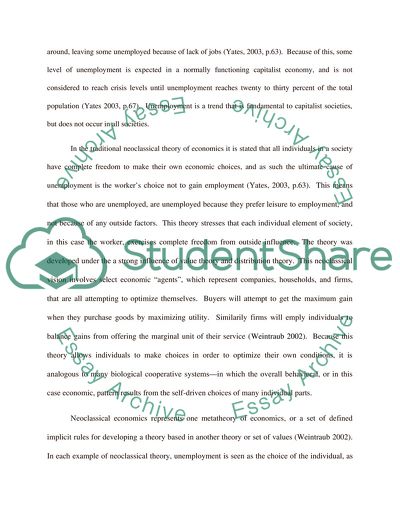Cite this document
(Voluntary or Involuntary Unemployment Coursework, n.d.)
Voluntary or Involuntary Unemployment Coursework. Retrieved from https://studentshare.org/human-resources/1740878-assignment-2-labour-markets-who-gets-paid-and-who-pays
Voluntary or Involuntary Unemployment Coursework. Retrieved from https://studentshare.org/human-resources/1740878-assignment-2-labour-markets-who-gets-paid-and-who-pays
(Voluntary or Involuntary Unemployment Coursework)
Voluntary or Involuntary Unemployment Coursework. https://studentshare.org/human-resources/1740878-assignment-2-labour-markets-who-gets-paid-and-who-pays.
Voluntary or Involuntary Unemployment Coursework. https://studentshare.org/human-resources/1740878-assignment-2-labour-markets-who-gets-paid-and-who-pays.
“Voluntary or Involuntary Unemployment Coursework”, n.d. https://studentshare.org/human-resources/1740878-assignment-2-labour-markets-who-gets-paid-and-who-pays.


